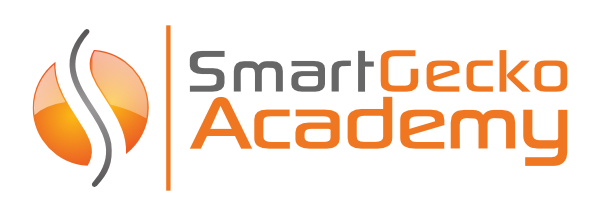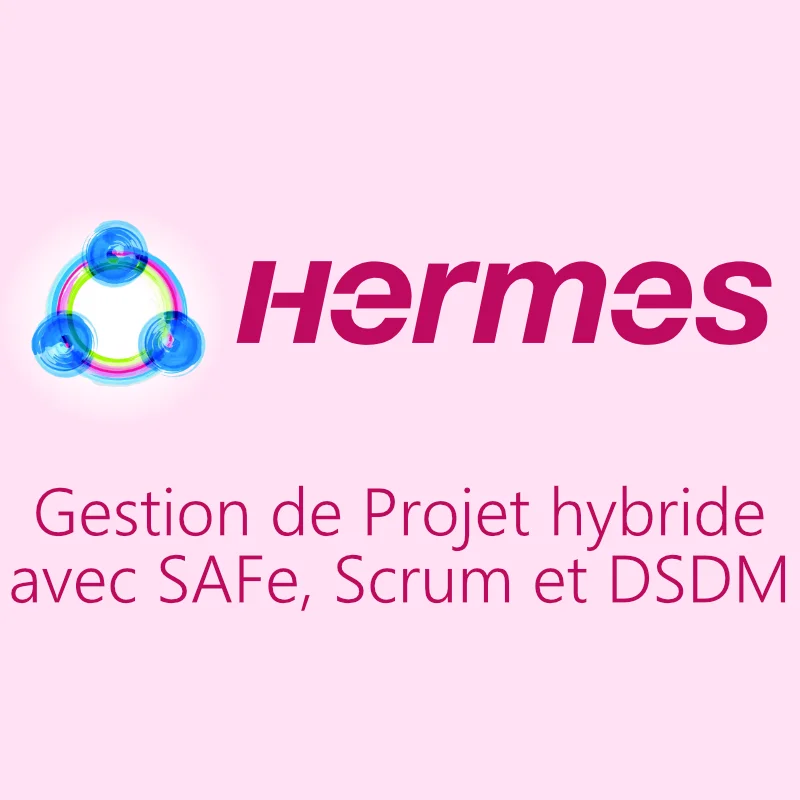Formation
Réf SGSH01
Durée 1 jour
Prix 750.00 CHF TTC



HERMES officially integrates agility and Scrum in a hybrid form. This last notion represents the main agile framework for projects.
This course will answer the questions we are regularly asked by customers when it comes to implementing the hybrid approach between a predictive method and an agile approach:
Réf SGSH01
Durée 1 jour
Prix 750.00 CHF TTC
Il n'y a pas de cours planifié pour l'instant. Contactez-nous pour organiser ce cours prochainement.
This course will explain how Scrum works and how it can be integrated into HERMES Project Management. Best practices in project management will be presented, providing participants with the knowledge they need to run an agile HERMES project using Scrum.
The course will focus on two main objectives:
At the end of the course, participants will be able to :
The “implementation” phase represents the framework for agile development. HERMES is not specific about integration with popular approaches such as Scrum, XP, DSDM or SAFe. To ensure efficient integration without redundancies, we address the following points:
The course is aimed at: HERMES project managers and anyone responsible for managing or executing a HERMES project using Scrum, as well as IT development managers, IT team leaders and practitioners active in ITC projects.

Smart Gecko AG
training@smartgecko.academy